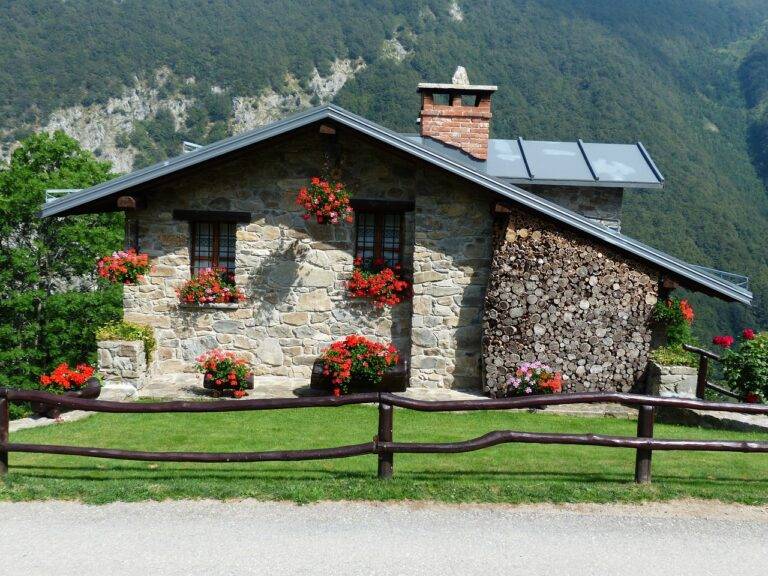Renovating Historic Homes: Balancing Preservation with Modernization
Restoring a historic home presents a myriad of challenges that require careful consideration and expertise. One of the primary hurdles faced by homeowners and renovators is ensuring that any updates or modifications retain the historical integrity of the property. Striking a balance between preserving the original character of the home while incorporating modern amenities can be a delicate and complex task. Additionally, navigating local preservation regulations and guidelines can often add layers of complexity to the renovation process, requiring thorough research and understanding of the historical significance of the property.
Understanding the Historical Significance
When renovating a historic home, it is essential to grasp the historical significance that the property holds. These homes often have stories embedded in their walls, reflecting the architectural trends of their time and the lives of those who once inhabited them. Understanding the historical context of a house can help homeowners make informed decisions about how to preserve its unique features while bringing it up to modern living standards.
Historic homes serve as tangible connections to the past, providing a glimpse into the lifestyles and values of previous generations. By delving into the history of a property, homeowners can gain a deeper appreciation for the craftsmanship and design elements that set it apart from contemporary houses. Recognizing the historical significance of a home can inspire a sense of stewardship, encouraging owners to honor its heritage through thoughtful renovation choices that balance preservation with practicality.
Preservation Techniques for Historic Features
Preservation of historic features requires a delicate balance between maintaining the original aesthetic charm and ensuring structural stability. One common technique is the careful restoration of original materials such as wood, plaster, and masonry to retain the historical integrity of the home. This process often involves specialized artisans who are skilled in traditional building methods to accurately replicate any deteriorated or damaged features.
Additionally, conservationists often utilize reversible methods when treating historic features to allow for future restoration or repair without causing permanent damage. This approach involves using gentle cleaning techniques and non-invasive treatments to stabilize and protect the original materials without altering their appearance. By implementing these preservation techniques, homeowners can ensure that the unique historical character of their property is safeguarded for future generations to appreciate and enjoy.
Why is it important to preserve historic features in a home?
Preserving historic features in a home helps maintain its historical significance and charm, adding value to the property.
What are some common challenges when renovating historic homes?
Some common challenges include navigating strict preservation guidelines, finding suitable materials for restoration, and balancing modern needs with historic aesthetics.
How can one understand the historical significance of a home?
Researching the home’s history, consulting with historians or preservationists, and studying architectural styles can help one understand the historical significance of a home.
What are some preservation techniques for historic features?
Preservation techniques may include carefully restoring original features, using period-appropriate materials, and documenting the process for historical record.







